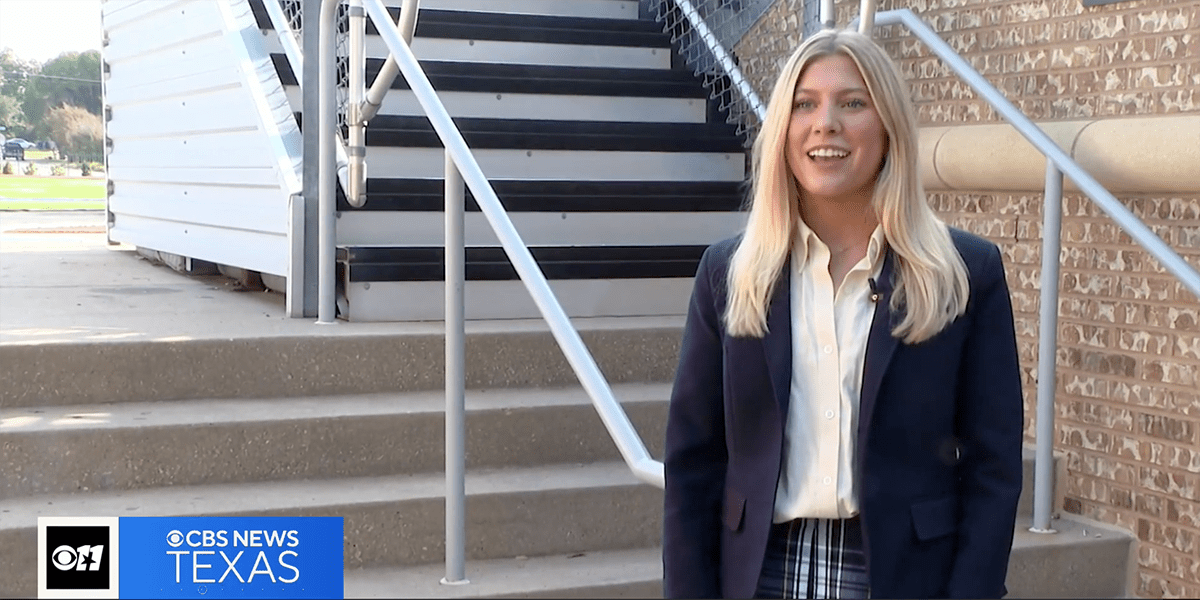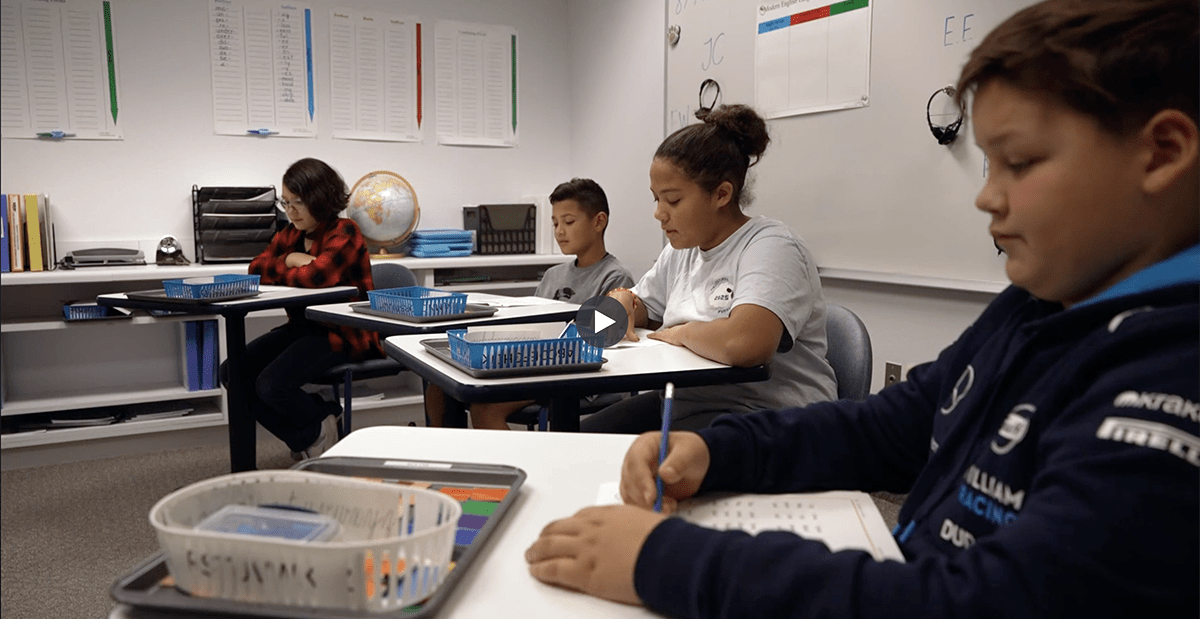Broken toes are a common injury among children, who frequently stub their toes, drop heavy objects on them or close them in doors or cabinets. If your child breaks a toe, you, like many people, may assume nothing can be done. That’s a common misconception. Your child’s provider has many options for treating broken toes, and treatment is less complex than you may think.
Broken toe treatment can reduce your child’s pain and help them get back to being a kid.
Signs Your Child’s Toe May Be Broken
Each toe consists of two or three bones, as well as toe joints. Broken toes can range in severity from small hairline toe fractures to multiple breaks in a bone.
Symptoms of a broken toe include:
· A crooked toe or toe that appears to be out of place
· Bruising and swelling, which may appear the day after the injury
· Difficulty walking
· Pain at the specific area of injury, also known as pinpoint pain
· Stiffness
If you suspect your child has a broken toe, visit your child’s pediatrician or an urgent care clinic. Visit an emergency room if your child has an open fracture, in which bone has broken through the skin. Open fractures can become infected and need immediate care.
Often, health care providers can diagnose a broken toe with a physical exam. Your child’s provider may order an X-ray to find the exact location of the break and determine whether the toe is dislocated.
How to Treat a Broken Toe
Broken big toes and severe fractures may require casting and, rarely, surgery. However, most broken toes will heal with at-home care or basic medical treatments. Your child’s provider will likely recommend one of the following:
· Rest. Your child will need to avoid putting unnecessary weight on the injured toe. Elevating the foot on a pillow can help with swelling.
· Ice. Ice packs can also reduce swelling when placed on a broken toe for 10 to 20 minutes every one to two hours. Apply ice for three days or until the toe is no longer swollen.
· Over-the-counter pain relievers. Acetaminophen (Tylenol®) and ibuprofen (Advil® or Motrin®) can reduce pain but follow dosing instructions closely. Do not give children aspirin unless their provider says it’s OK. Aspirin can increase the risk of Reye syndrome.
· Proper footwear. If your child needs to wear shoes, have them choose a wide, stiff-bottomed shoe that doesn’t put pressure on the injured toe but also keeps it in proper alignment. Depending on the extent of the fracture, your child’s provider may recommend a special boot while the toe heals.
· Splinting. Your child’s provider may recommend a toe splint to hold the broken toe in place as it heals.
· Taping. A common treatment known as buddy taping involves taping the injured toe to the healthy toe next to it. It’s not always helpful, so ask your provider first. The provider can also show you how to tape the toe properly.
Children shouldn’t walk on the toe until they can put pressure on it without feeling a lot of pain. Also, attend follow-up visits if you have them. Your child’s provider will examine the toe to ensure it is healing properly.
Broken toes may need six to eight weeks to heal, according to the American Academy of Orthopaedic Surgeons, so be patient.
Call your child’s provider if your child has any of these symptoms as the toe heals:
· Fever or chills, which could be signs of an infection
· Tingling or numbness in the toe
· Pain or swelling that gets worse, not better
· Red streaks appearing on the foot or toe
Can a Broken Toe Heal on Its Own?
Broken toes can heal on their own, but treatment helps ensure better outcomes. Left untreated, broken toes may heal crooked, your child could develop chronic foot pain or he or she may have problems walking.
Broken Toe vs. Stress Fracture
Active children and children who play sports may think they have a broken toe when they actually have an overuse injury. Activities that involve repetitive motions, such as running, or place significant force on the feet, such as basketball, can cause stress fractures, a type of overuse injury in which small cracks or painful bruising develop in the bones.
The ball of the foot has two small bones called sesamoids located below the big toe joint. Overuse can lead to a sesamoid stress fracture, which can cause pain and swelling near the base of the big toe. A sports medicine specialist can diagnose and treat these stress fractures and help your child prevent another overuse injury.
If you’ve visited an urgent care or emergency room and your child has a confirmed fracture, bring your child’s X-rays to our walk-in Fracture Clinic for help. The clinic is located at 5700 Dallas Parkway in Frisco and open from 7:30 – 9:30 a.m., Monday through Friday. For suspected fractures, schedule an appointment by calling 469-515-7200.














